Filter data
|
ID |
Nickname |
Country / City |
Languages |
Taxonomies |
Comment |
Project / Group |
Map |
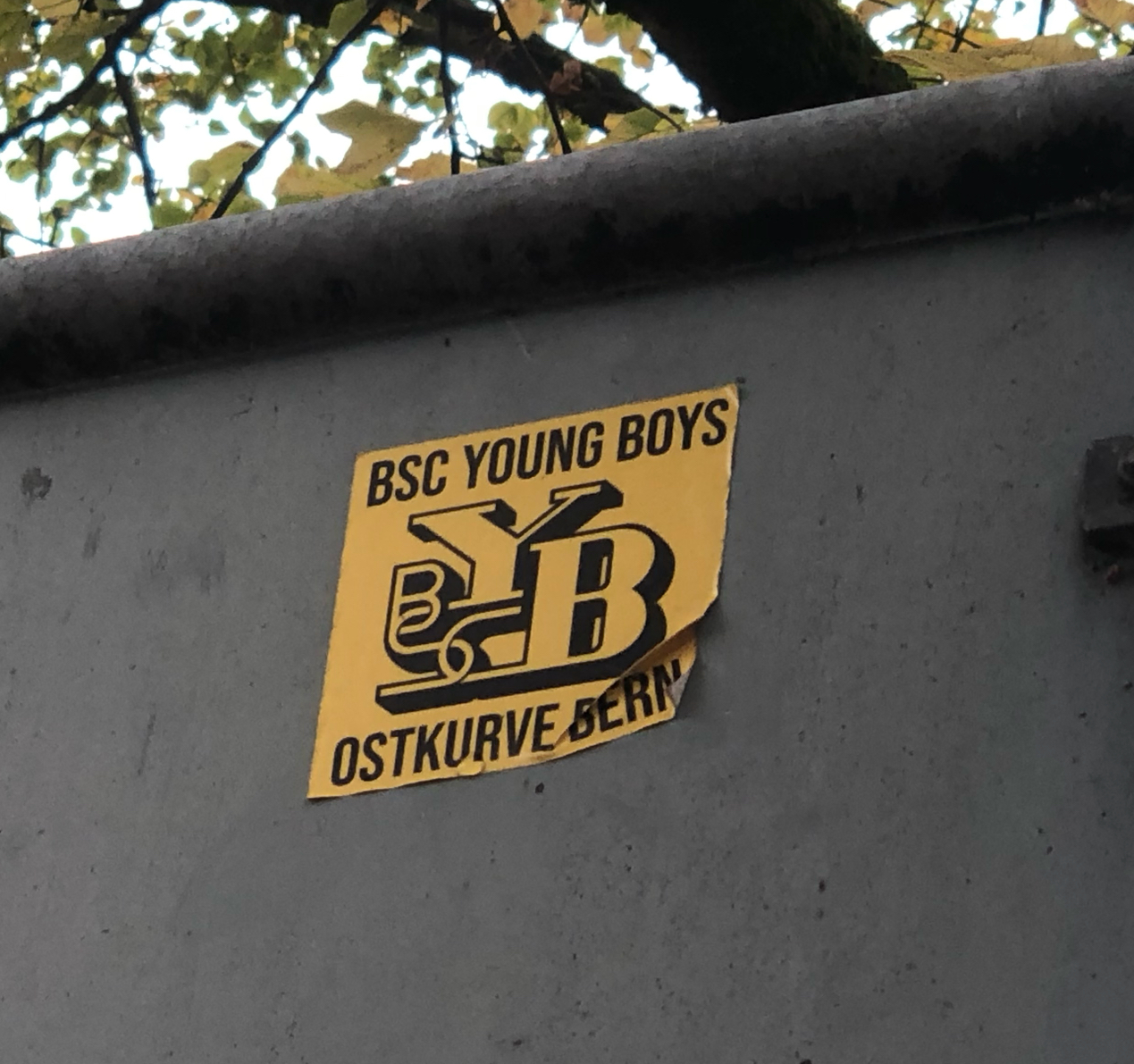
|
149528
|
L-U.K (2)
|
Schweiz
Murten
|
|
|
—
|
Freiburg/Fribourg2025
|
|
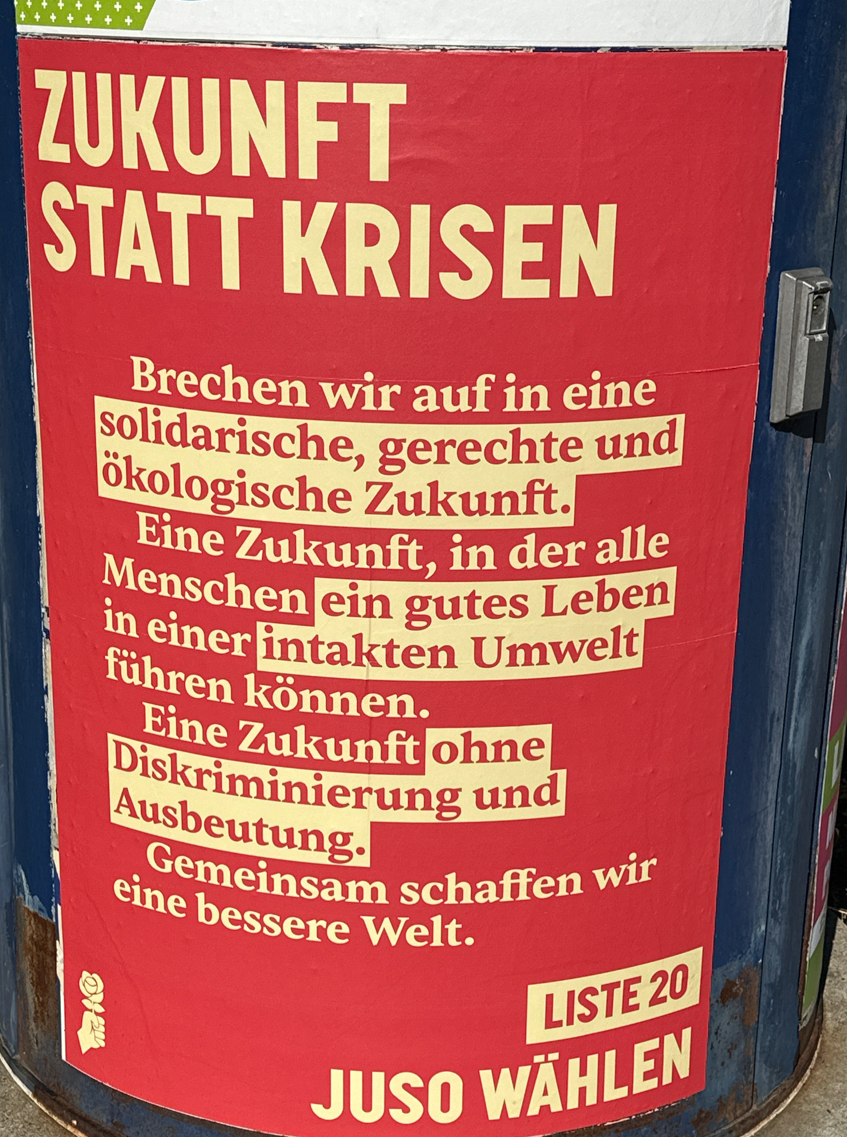
|
91672
|
Quortismus
|
Schweiz
Basel
|
|
|
JUsO, Liste 20
|
Unibas_Wahlkampf
|
|

|
29208
|
|
Schweiz
Zermatt
|
|
|
—
|
BA Linguistic Landscape
|
|

|
29976
|
|
Schweiz
Andermatt
|
|
|
—
|
BA Linguistic Landscape
|
|
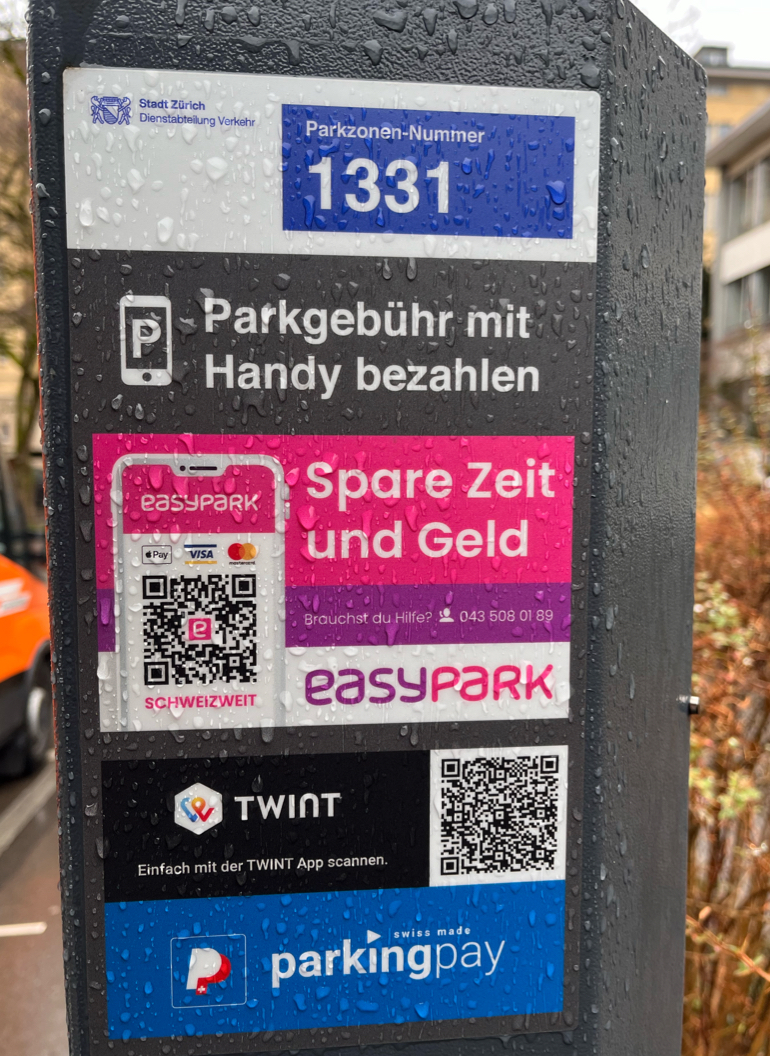
|
95512
|
|
Schweiz
Zürich
|
|
|
—
|
|
|
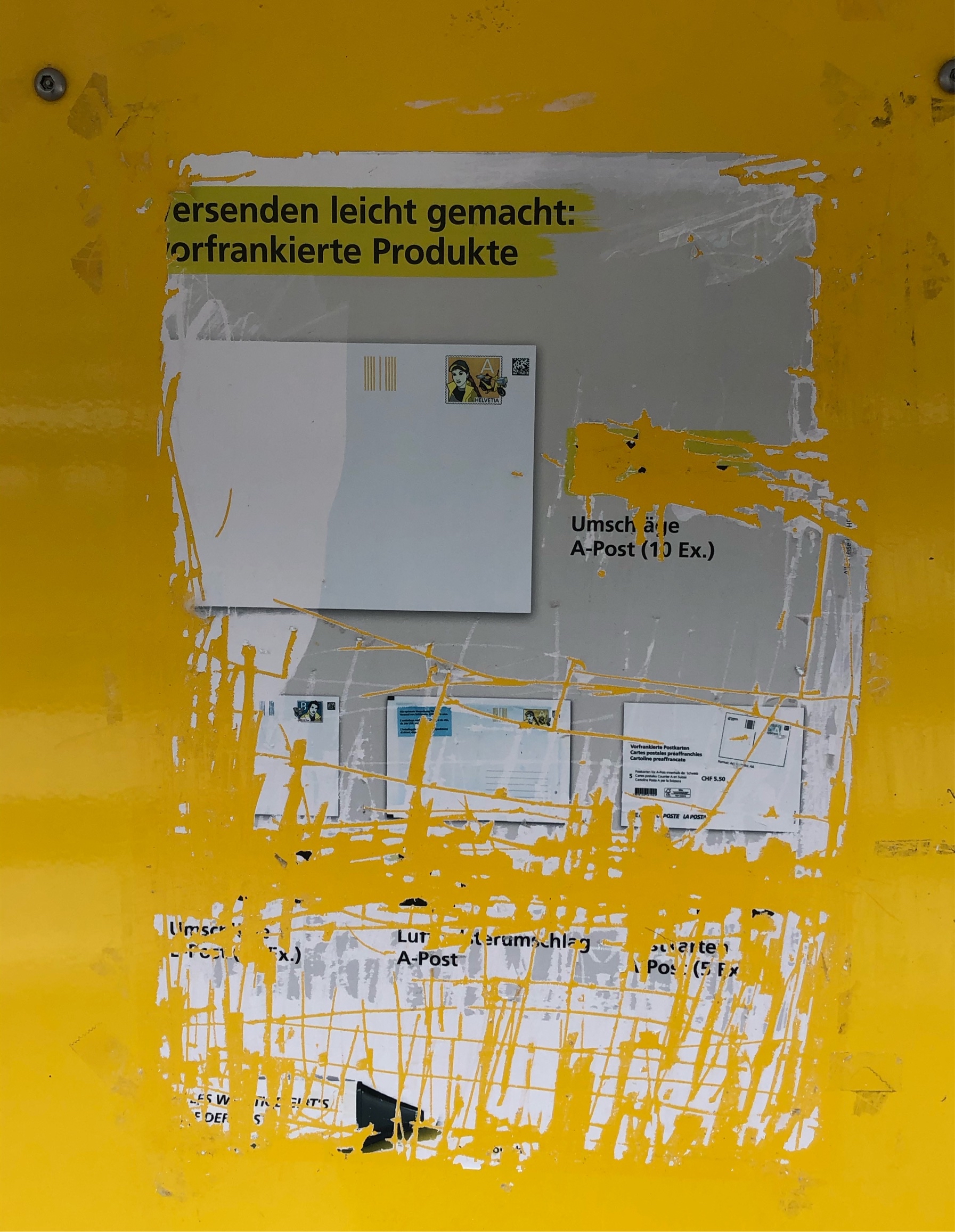
|
30744
|
|
Schweiz
Lauterbrunnen
|
|
|
—
|
BA Linguistic Landscape
|
|
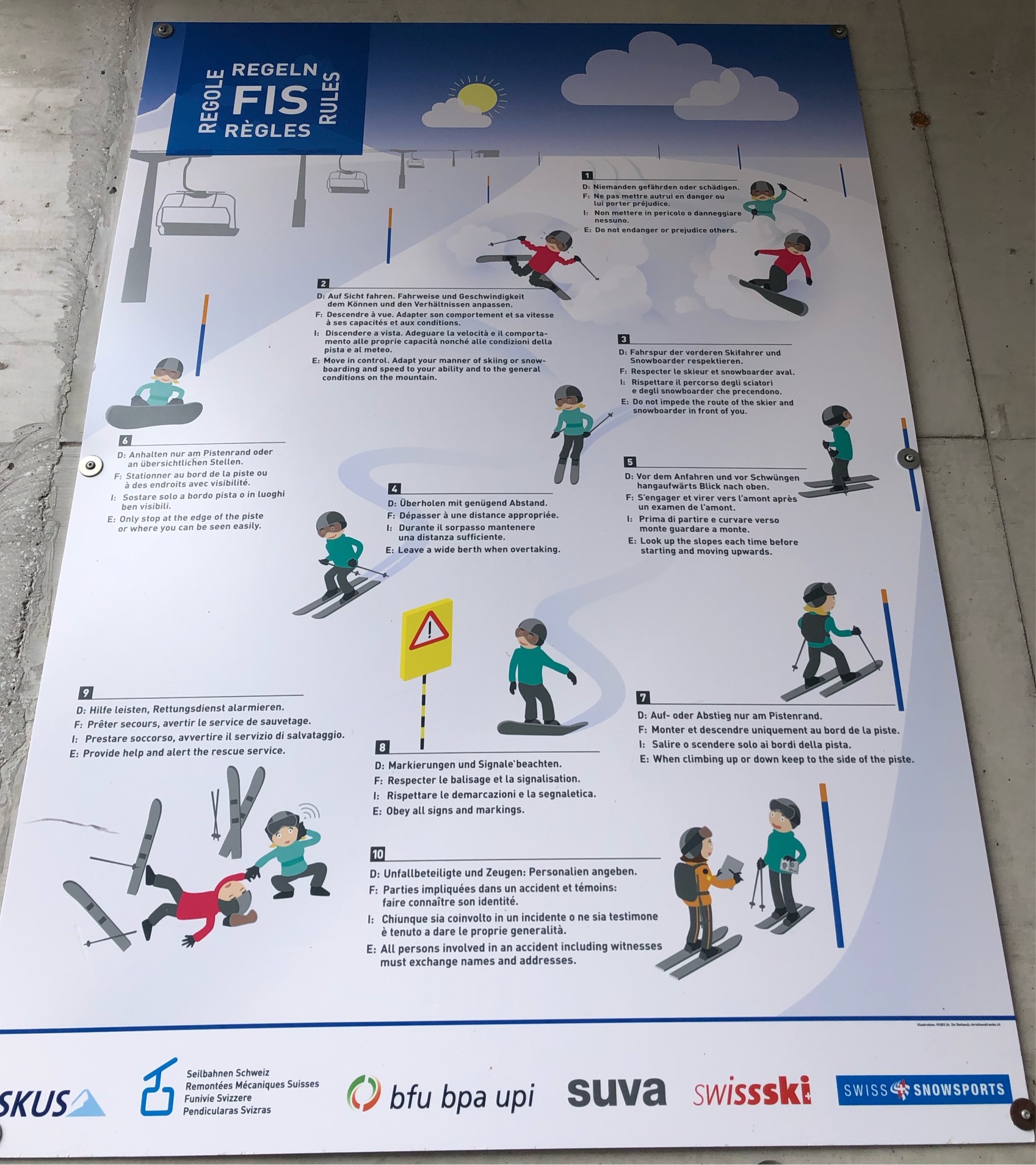
|
31000
|
|
Schweiz
Andermatt
|
|
|
—
|
BA Linguistic Landscape
|
|
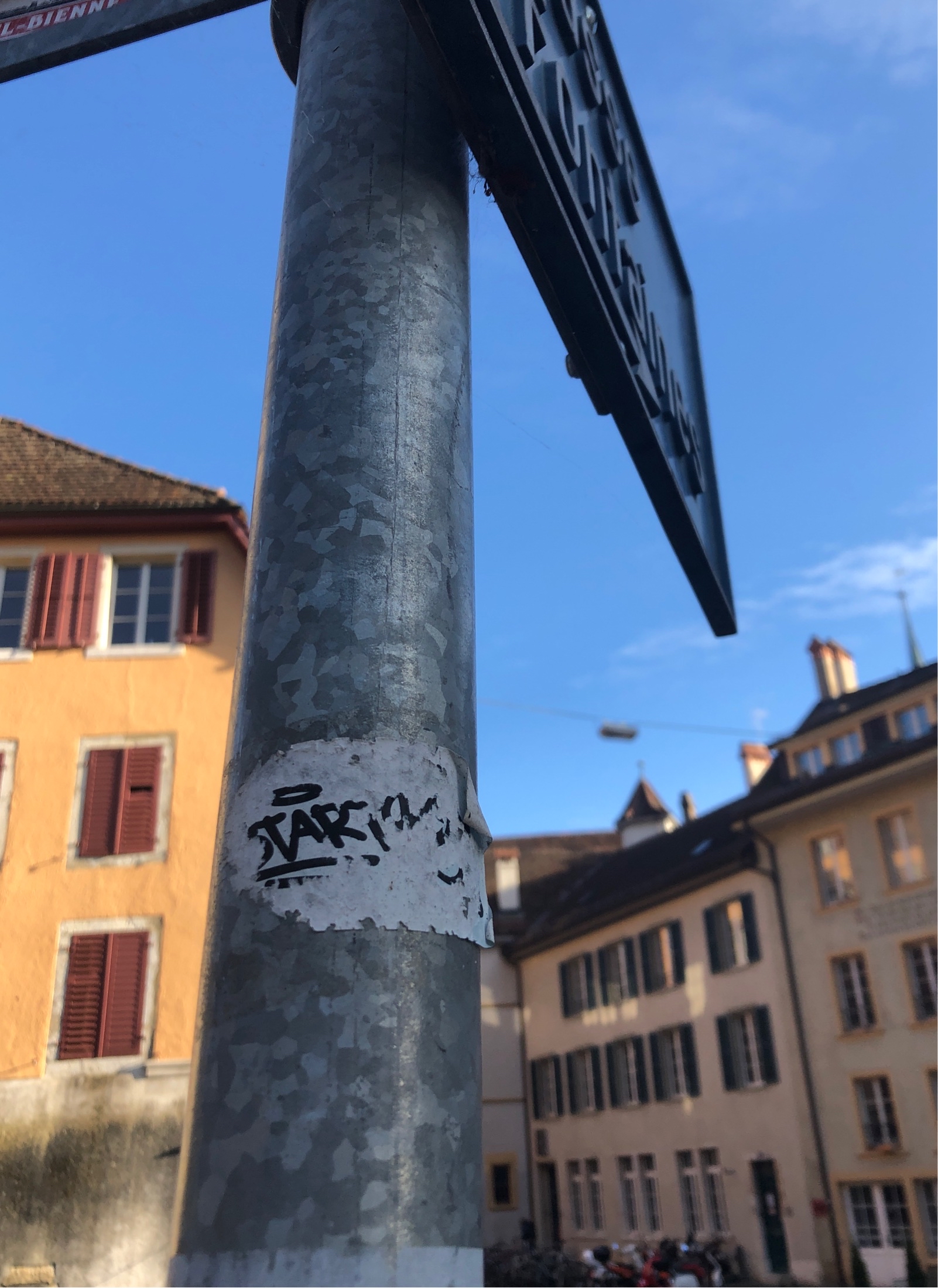
|
35608
|
|
Schweiz
Biel
|
|
|
—
|
LLBiel5
|
|
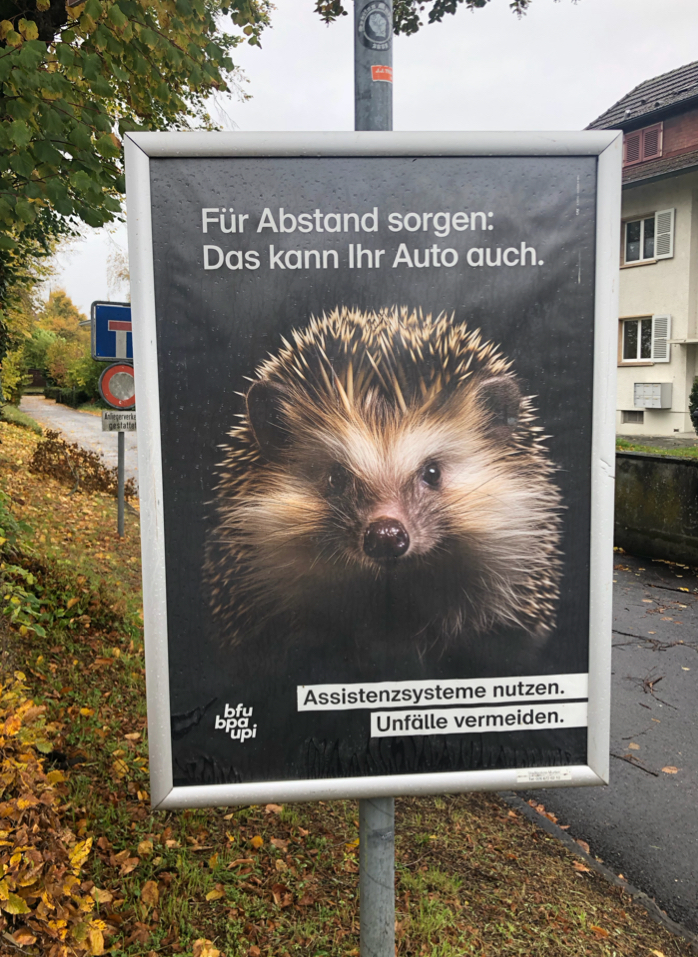
|
149529
|
L-U.K (2)
|
Schweiz
Murten
|
|
|
—
|
Freiburg/Fribourg2025
|
|
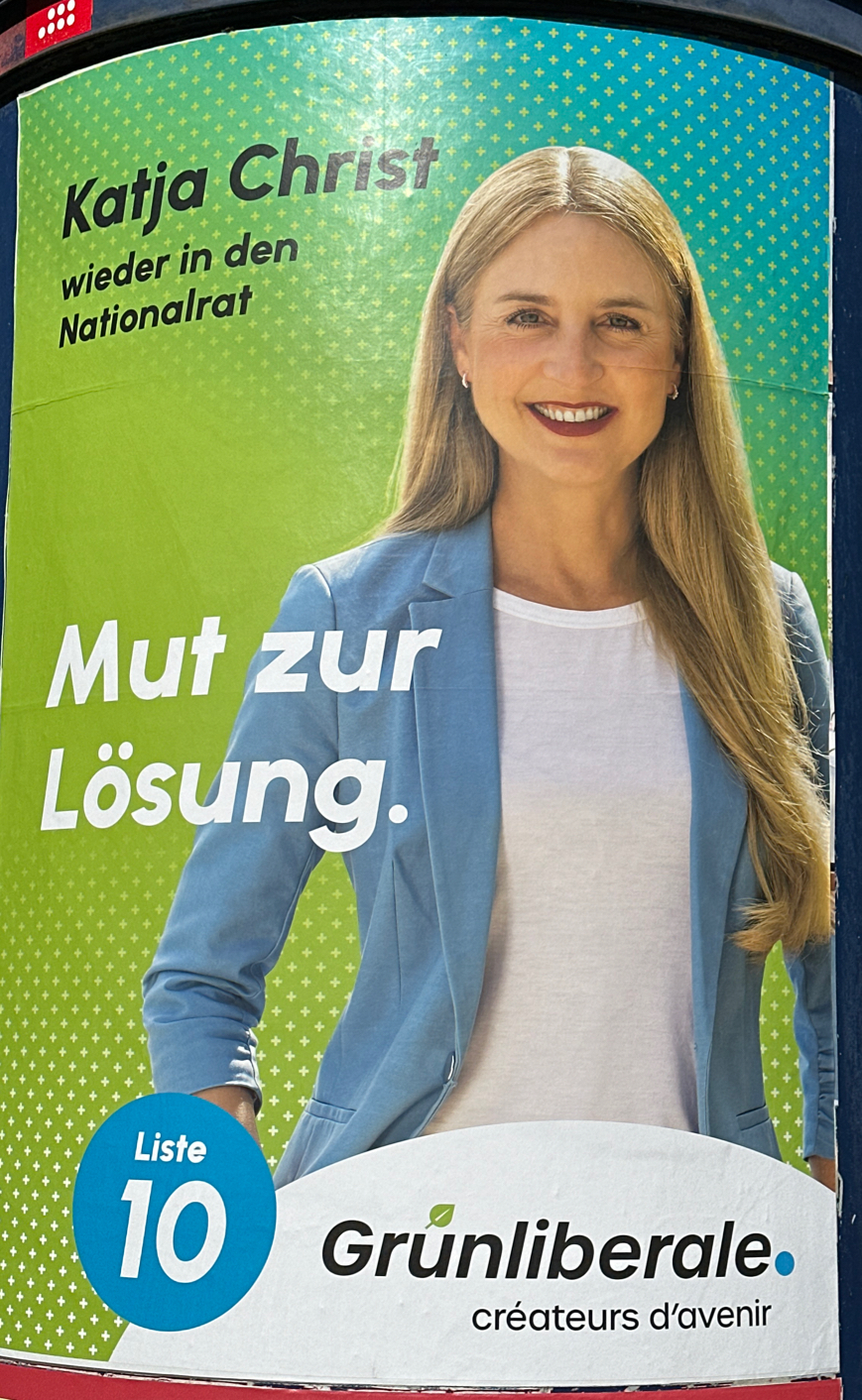
|
91673
|
Quortismus
|
Schweiz
Basel
|
|
|
Grünliberale, Katja Christ, Liste 10
|
Unibas_Wahlkampf
|
|
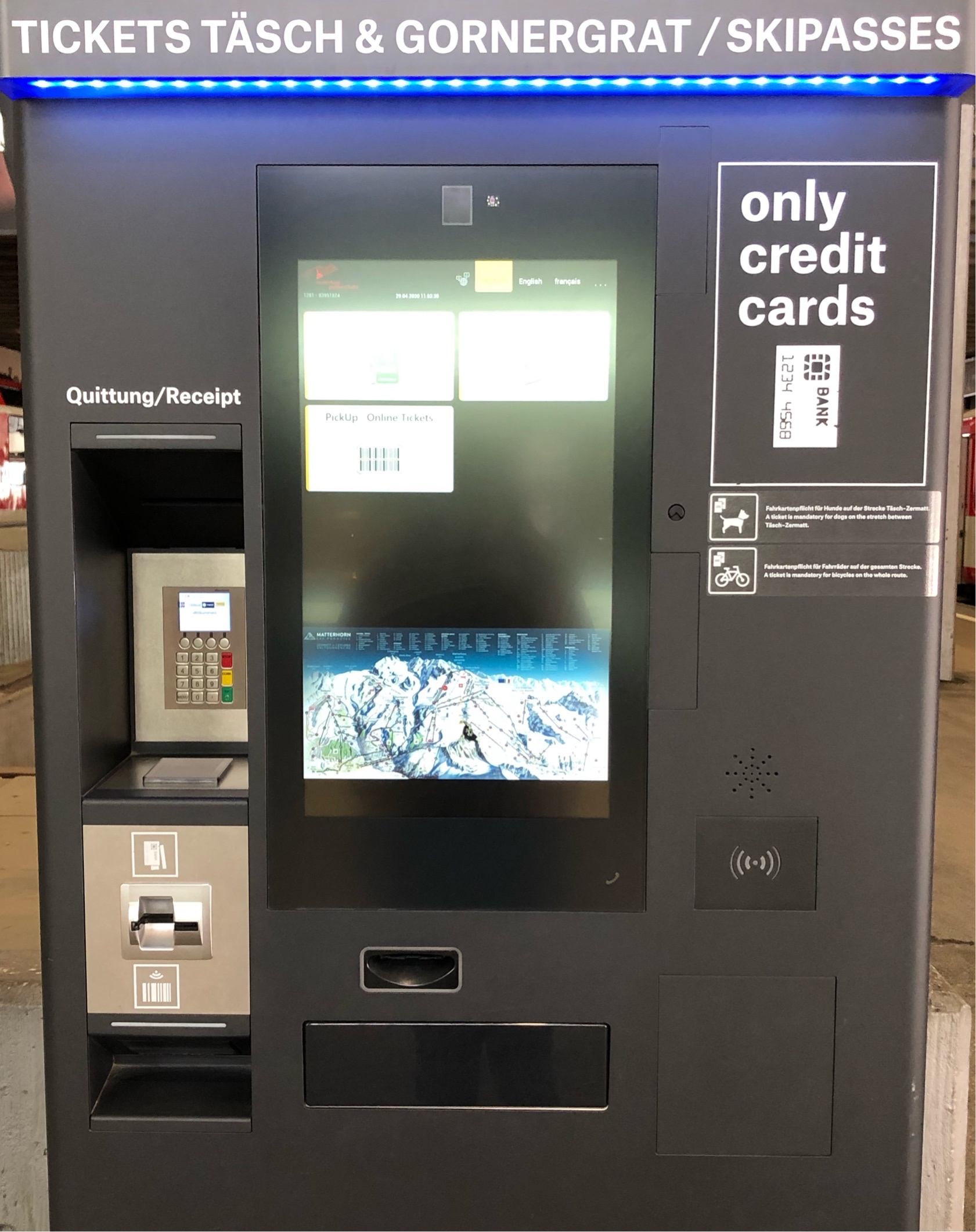
|
29209
|
|
Schweiz
Zermatt
|
|
|
—
|
BA Linguistic Landscape
|
|
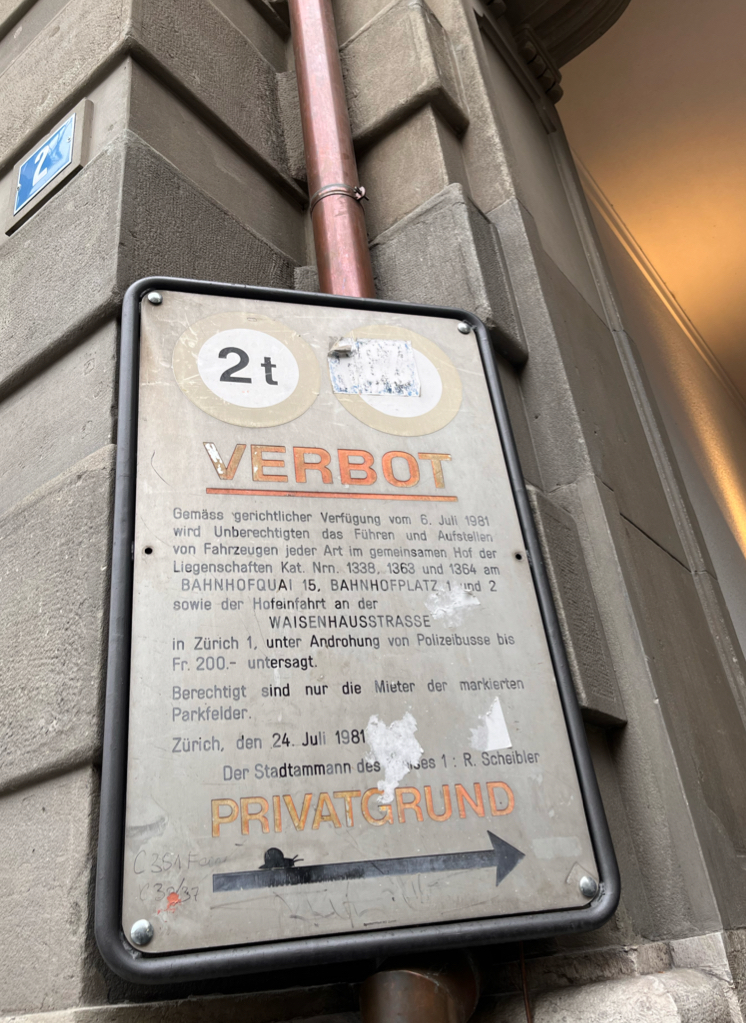
|
95513
|
|
Schweiz
Zürich
|
|
|
—
|
|
|
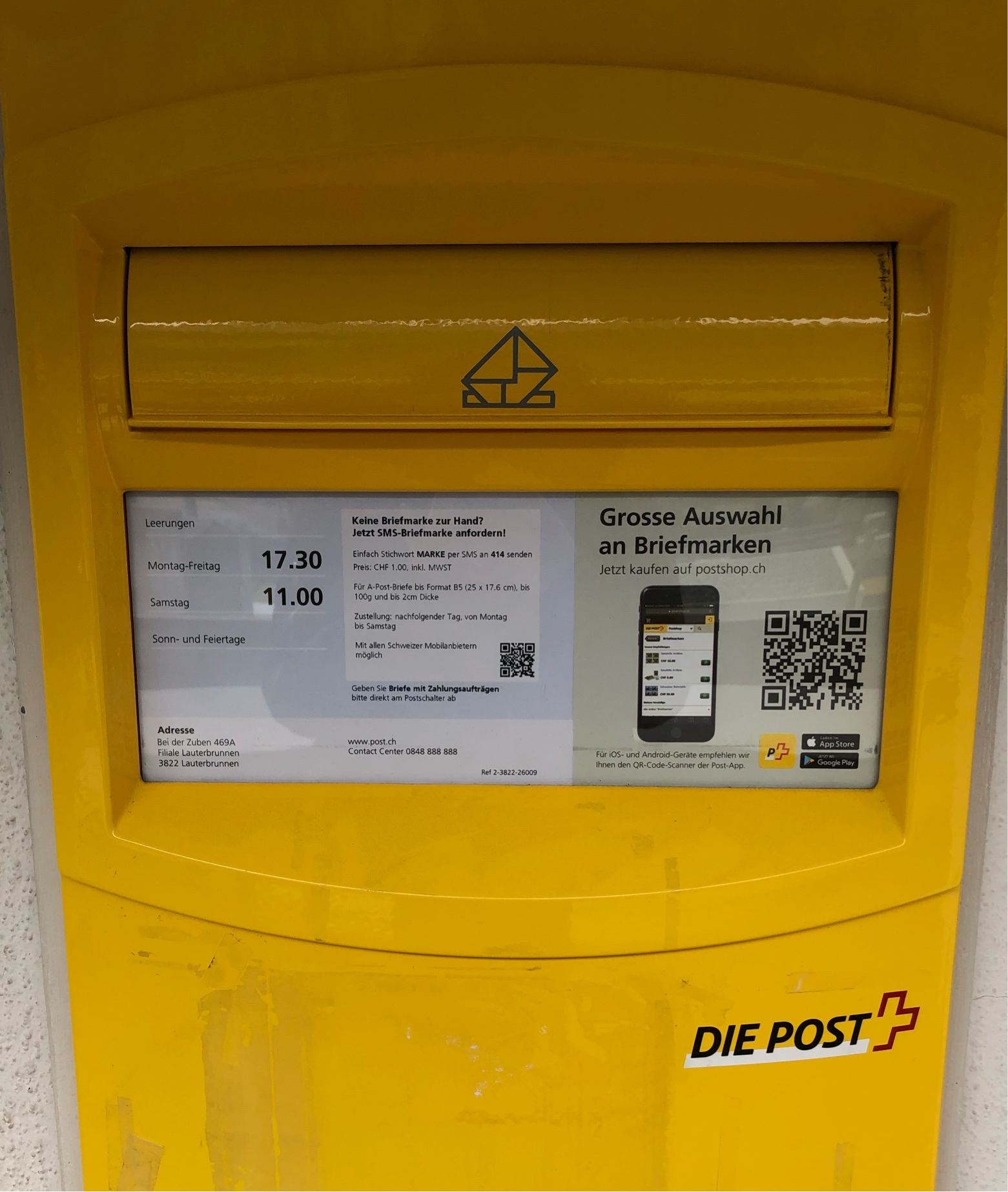
|
30745
|
|
Schweiz
Lauterbrunnen
|
|
|
—
|
BA Linguistic Landscape
|
|
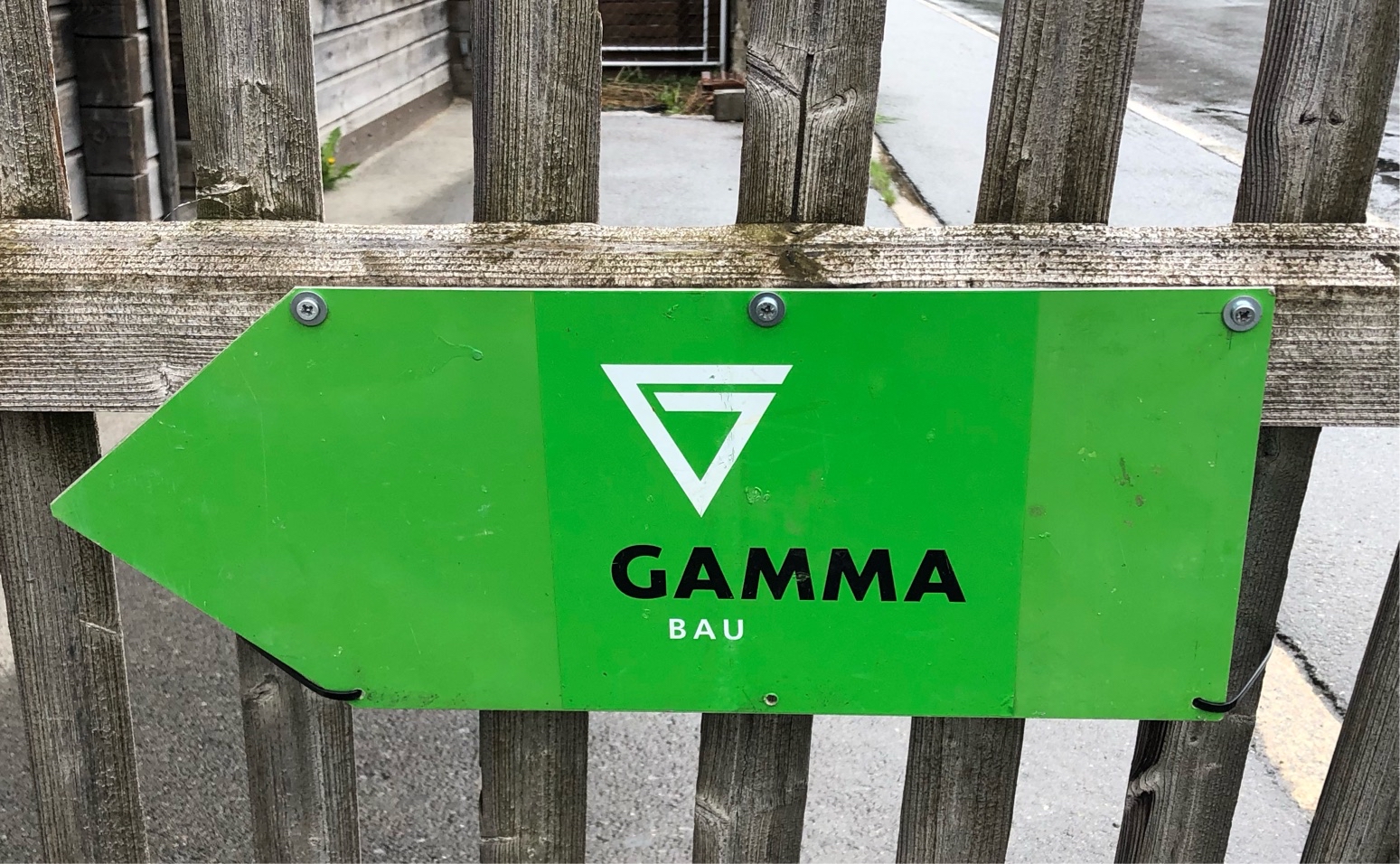
|
31001
|
|
Schweiz
Andermatt
|
|
|
—
|
BA Linguistic Landscape
|
|

|
35609
|
|
Schweiz
Bienne
|
|
|
—
|
LLBiel3
|
|
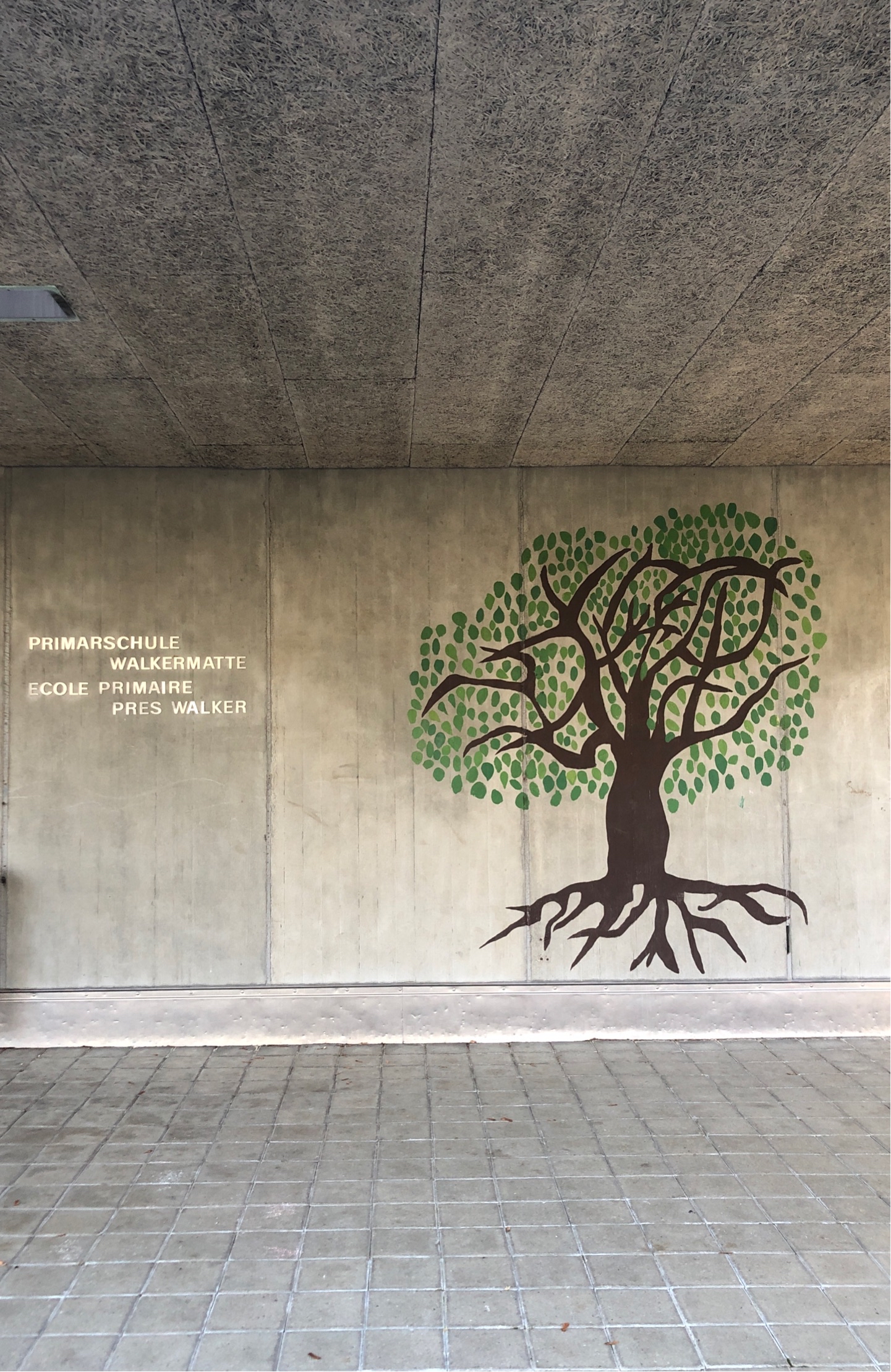
|
35865
|
|
Schweiz
Biel
|
|
|
—
|
LLBiel5
|
|

|
36377
|
|
Schweiz
Biel
|
|
|
—
|
4LLBiel
|
|

|
8986
|
|
Schweiz
Zermatt
|
|
|
—
|
MA1.0
|
|
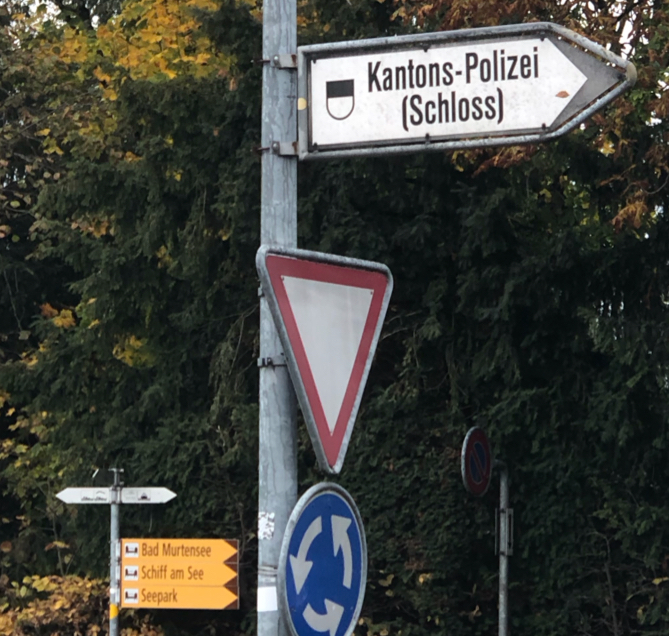
|
149530
|
L-U.K (2)
|
Schweiz
Murten
|
|
|
—
|
Freiburg/Fribourg2025
|
|

|
91674
|
Quortismus
|
Schweiz
Basel
|
|
|
SP, Christian Wartburg, Liste 5
|
Unibas_Wahlkampf
|
|